Description
Using a minimum of mathematics; this book explores the fundamental concepts of air conditioning and their application to systemsexplaining all concepts in a clear; practical manner; and focusing on problems and examples typically encountered on the job.
This book contains the most recent and industry-wide accepted information on load calculations; design data; equipment information; and use of the Internet.
Specific chapter topics cover the scope and uses of air conditioning; physical principles; heating loads; furnaces and boilers; hydronic piping systems and terminal units; cooling load calculations; psychrometrics; fluid flow in piping and ducts; piping; valves; ducts; and insulation; fans and air distribution devices; centrifugal pumps; expansion tanks; and venting; air conditioning systems and equipment; refrigeration systems and equipment; automatic controls; energy utilization and conservation; instrumentation; testing; and balancing; and planning and designing the HVAC system; and solar heating and cooling systems.
For consulting engineers; mechanical contractors; HVAC engineers; designers; project managers; and facilities managers.
A classic in its field; Air Conditioning Principles and Systems continues to fill the need for a text book on air conditioning systems that combines design principles with real-world applications.
Readers will gain insight into the design; operation; and troubleshooting of new and existing air conditioning systems.
Moreover; this edition has been updated to reflect recent developments and issues in the industry; including the increasing use of the Internet in the field.
– New weather data for outside temperature analysis and system design.
– Expanded information on environmental problems to help readers stay current on issues and regulations.
– New information about asbestos; including answers about mitigation of harmful effects.
– Further exploration on scroll compression and how it works in real-world applications.
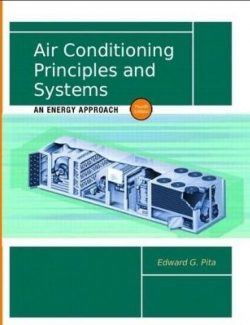


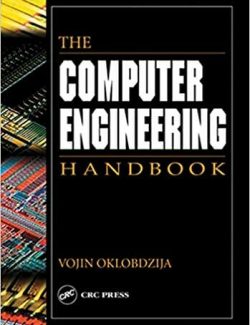
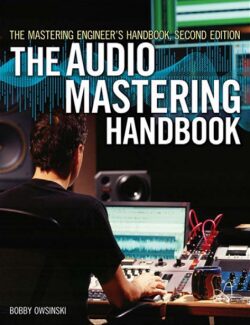
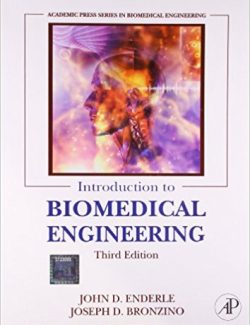
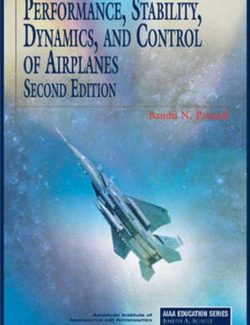
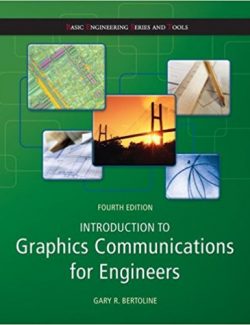

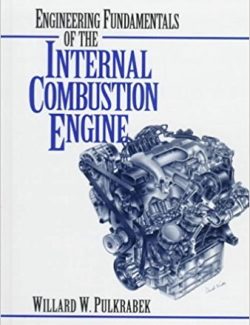

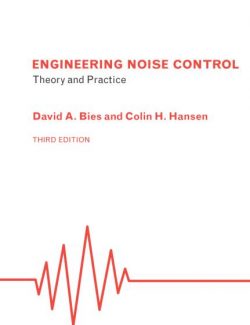

Leave us a comment
No Comments